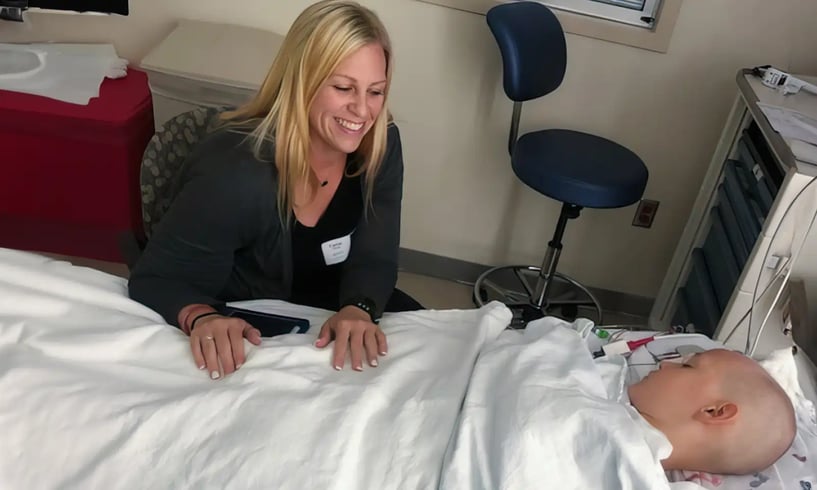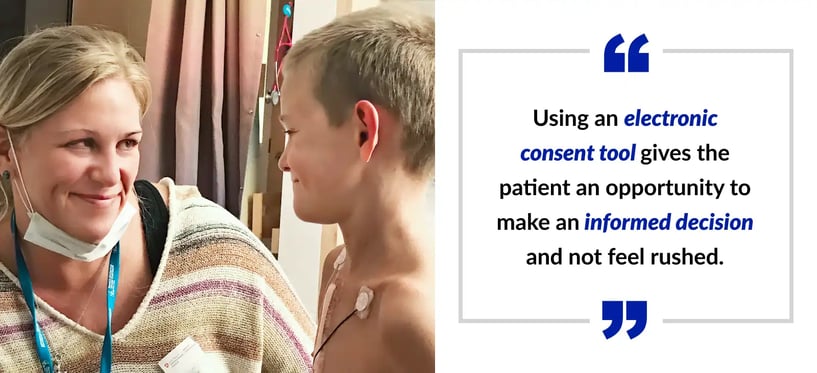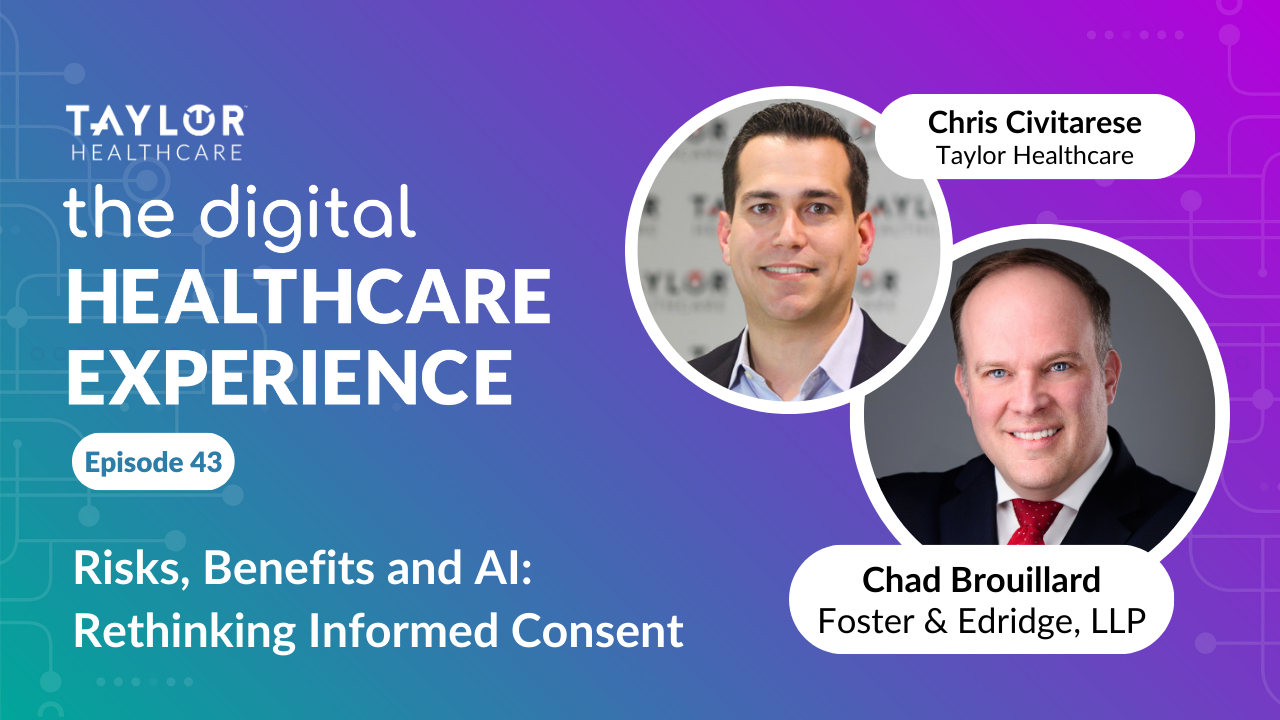AAMC News examined the topic of informed consent and the various legal, ethical and interpersonal issues it’s intended to address. While providers often approach the informed consent process as a way of mitigating malpractice risk, the real intent of informed consent runs much deeper.
Dr. Aaron Fink, M.D. and professor emeritus at the Emory University School of Medicine, co-authored a literature review on the topic. “Informed consent is not just the signing of a form,” says Fink. “Informed consent is about a thorough process of communication between patient and provider. Some patients may want to be informed about every single risk. Others may simply want to do what the doctor recommends. A real master of the art of consent is able to perceive the level of detail a patient wants and to recognize their personal values and goals.”
This blog will explore these nuances through the eyes of someone with a comprehensive – and uniquely personal – point of view on the process of obtaining informed consent.
Provider, professional, patient and parent
Nicole is a system application architect for a teaching hospital in Texas. Originally trained as an RN, Nicole was able to lend a unique perspective when she helped implement an electronic informed consent platform for her employer.
A digital alternative to clipboards and paper-based consent forms, the electronic consent platform now used by the teaching hospital draws from a library of standardized consent forms. Patients are able to read through these consent documents in advance of procedures by using their personal mobile devices. Patient signatures are then captured digitally and stored automatically in the hospital’s EHR.
Not long after this new system was implemented, Nicole had her first exposure to the new electronic informed consent process as a patient. “I unexpectedly became a patient at my own hospital,” explains Nicole. “I had to have an emergency procedure, essentially urgent, and suddenly found myself using the informed consent technology that I helped implement. It was funny because I was signing a consent as a patient that I had helped build as an application architect.”
Unfortunately, Nicole’s exposure to the informed consent process soon intensified when her son was diagnosed with a heart condition. Initial treatment was at the same teaching hospital where Nicole works and, once again, the electronic informed consent tool Nicole helped implement was used.
“As a mom, I was terrified,” recalls Nicole. “My son was having his first heart cath at six years old. But being comfortable with the solution they were using for consenting was a huge comfort to me.”
Nicole had a very different experience later when her son required a major heart/lung surgery. This time, the procedure was done at a health system that still relied on paper-based consent forms.
“When my son had his huge 16-hour surgery, they did not have electronic consenting,” says Nicole. “That comfort level wasn’t there when I needed it most and I shared that feedback with the surgeon doing my son’s procedure. I told him, you know, it changes the whole atmosphere of consenting when someone just puts a piece of paper in front of you.”

Lessons learned through personal experience
Nicole’s personal encounters with the informed consent process have made her a staunch advocate for electronic consent technologies. “Using an electronic consent tool gives the patient an opportunity to make an informed decision and not feel rushed. We are able to give the patient this information more in advance, which takes away the stress of signing a consent for a major surgery 20 minutes before they roll back to the operating room.”

Nicole has also seen how this new way to obtain consent empowers patients. “After our hospital implemented the electronic consent system, we had one of our patients refuse their surgery,” Nicole recalls. “She said she read all of the information and you know, ‘I just don't think that I need it at this time. I just don't feel comfortable yet.’”
“The provider was confused because they had talked about surgical consent previously and the patient had said yes. But reading it was different,” Nicole says. “To those of us on the implementation team, that was a huge win because we were truly advocating for that patient and giving them ownership of their health.”









.png)
